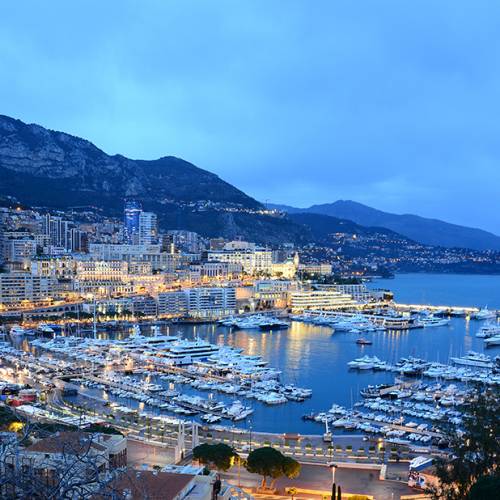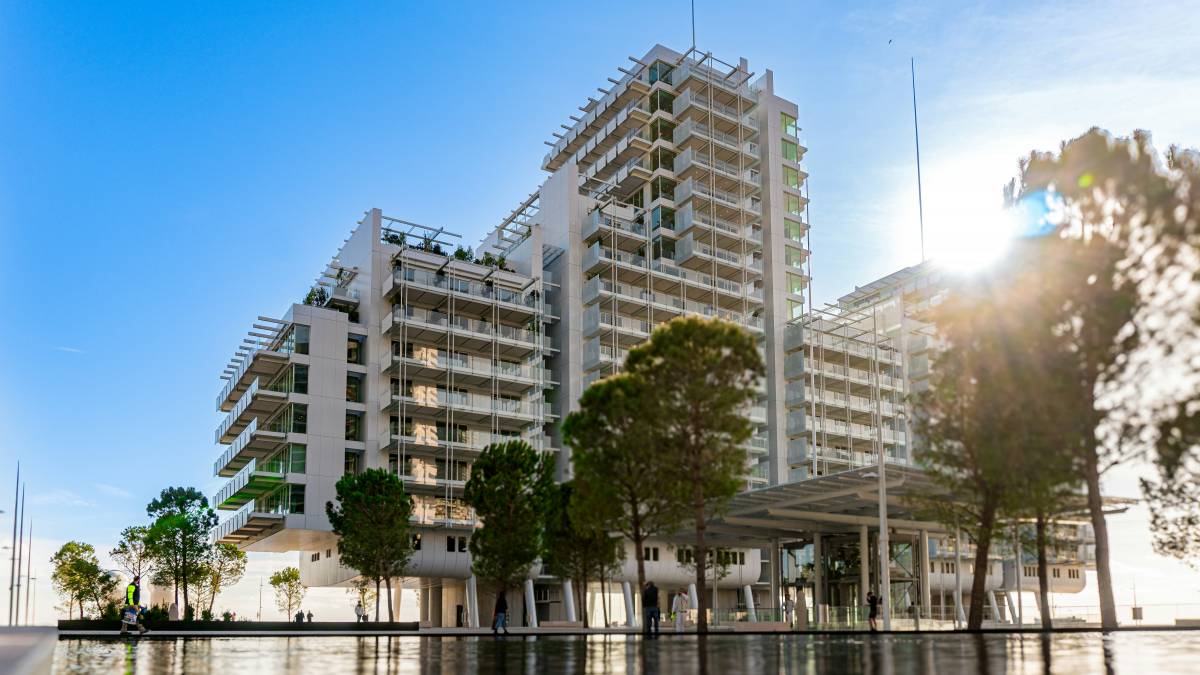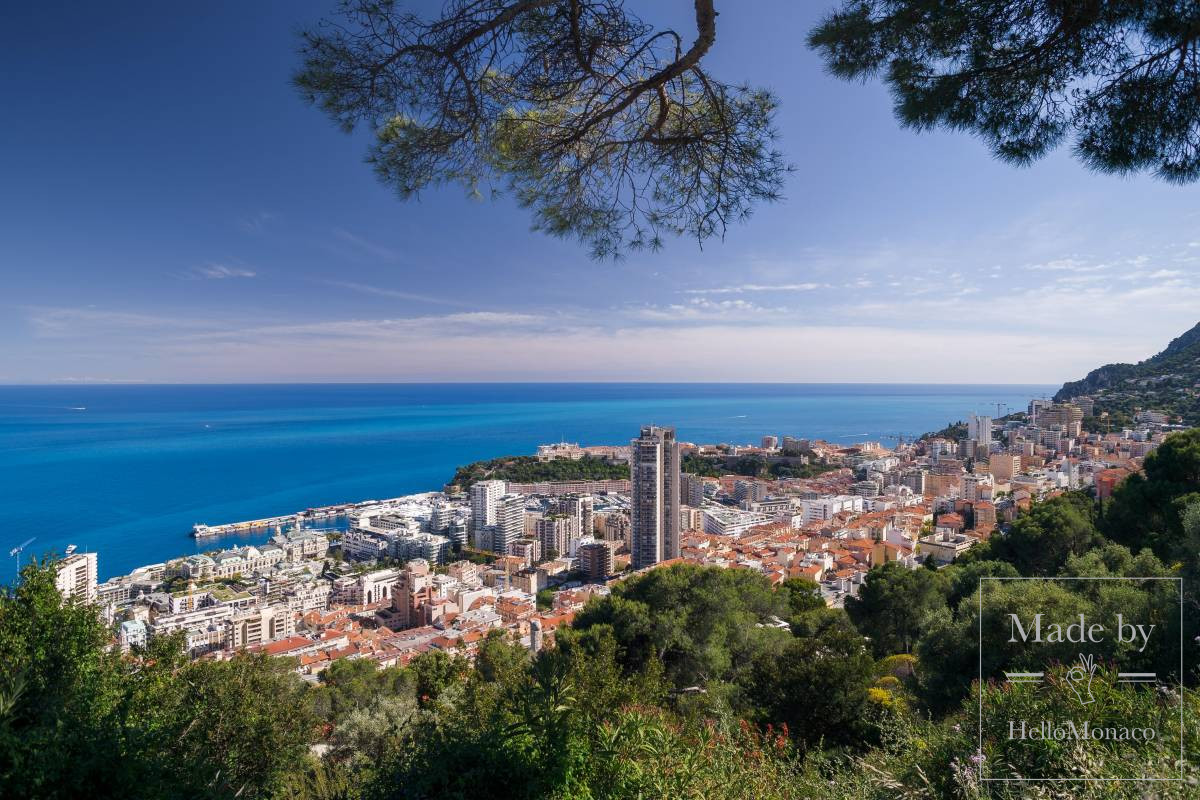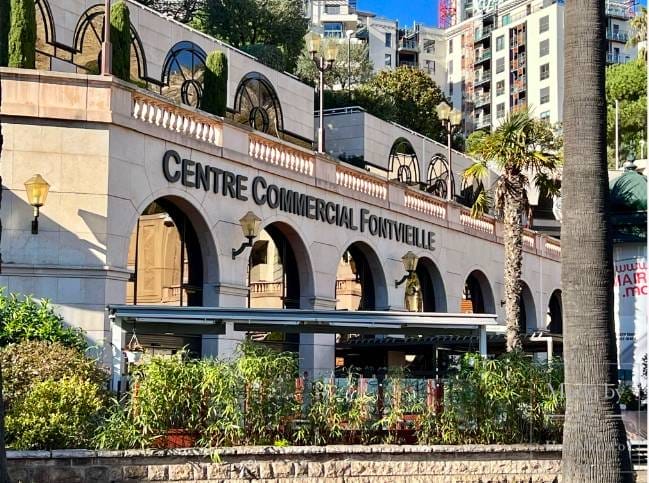Monaco has long had to confront a unique challenge: how to grow a country that has nowhere left to expand? With France on three sides and the sea on the fourth, the answer for over a century has been to build into the water.
This is Mareterra, an extension of Monaco that has been built on the sea.
Why Monaco needed more land
Covering an area of just over 2 sq. km, Monaco is the second-smallest country in the world, after the Vatican. Yet, more than 38,000 people live within its borders, making it the most densely populated nation on the planet. The principality has been out of buildable land for decades, so the expansion of inland was not an option. For over a century, Monaco’s solution has been to extend out into the Mediterranean.
The practice of land reclamation began in 1907 and has since added around 25% to the country’s territory. Larvotto Beach, Port Hercules and the Fontvieille district all stand on artificial ground. Even though it has been done before, Mareterra is the most technically complex to date.
Announced in 2013 and opened to the public in late 2024, the new district adds six hectares to the coastline east of Larvotto. It is Monaco’s first major expansion in decades and represents a 3% increase in national territory.
How Mareterra was built
Mareterra is made of 18 enormous concrete caissons—a box-like, watertight structure used in civil engineering—especially in this kind of project. Each one weighs 10,000 tons and is 26 meters high, reaching together to the seabed.
These caissons form the backbone of Mareterra’s foundation. Designed with an upper chamber known as a Jarlan cell, they are engineered to absorb and disperse wave energy, allowing water to pass through vertical slits while softening its force.
This breakwater system ensures that even in a 100-year storm event, the district will not be submerged.
Environmental credentials
Mareterra is presented as Monaco’s most sustainable district. Built in line with Prince Albert II’s goal for the principality to become carbon neutral by 2050, the project incorporates a wide range of environmental initiatives, from clean energy to marine restoration.
Across the rooftops and public buildings, 9,000 square meters of solar panels generate power for the neighborhood. 200 electric vehicle charging stations are placed below the ground. Greenery is integrated throughout a design: 800 trees have been planted, alongside the Mediterranean shrubs, pines, and other drought-resistant species. Gardens and walking paths run through the center of the district, designed to create shady routes and limit the urban heat effect.
Mareterra’s foundations were built with marine life in mind. The caissons lining the sea edge were molded with grooves and patterns to encourage colonization by flora and fauna, simulating a rocky seabed.
Hand-sanded surfaces give fish and plants something to grip. The openings in the Jarlan chambers allow water to flow naturally, creating shallow zones where marine species can thrive.
Perhaps the most sensitive aspect of the project was the relocation of 384 square meters of Posidonia oceanica—protected species of seagrass that form vital underwater meadows throughout the Mediterranean.
Rather than removing individual plants, which often fails, the team developed a method to extract the entire sods of seagrass with their sediment and root systems intact. These were then replanted meters away, within the Larvotto Marine Protected Area.
Life in Mareterra
Mareterra is quieter than the rest of Monaco. Locals walk the promenade, relax by the water, or cut through La Pinède, a small pine garden with birds’ nests and water channels.
Le Renzo, designed by Renzo Piano, overlooks the district. Below, only 14 shops and restaurants serve the area—including Marlow, Monaco’s first British fine-dining spot. Artworks like Quatre Lances, once owned by Grace Kelly, anchor the public space.
Built for residents, not tourists, Mareterra connects to the Grimaldi Forum and expanded Japanese Garden. While Monaco is famous for its live dealer casinos, Materra is focusing more on community, with apartments, imported trees to provide some much-needed green space, and recreation areas.
Final thoughts
Mareterra is Monaco’s most advanced land reclamation project yet—it is built to resist the rising seas, support marine life, and offer public space in a country with almost none to spare.
But it also highlights the contradictions at the heart of the principality. With prices rumored to start at €100,000 per square meter and no housing allocated for locals, it is unlikely to ease Monaco’s housing pressure. While the district is publicly accessible, the homes are for the ultra-wealthy.
Still, for a place often written off as a playground for billionaires, Mareterra hints at a more complex future—one, where even the smallest country can experiment with how cities might live within the sea, not just next to it.









